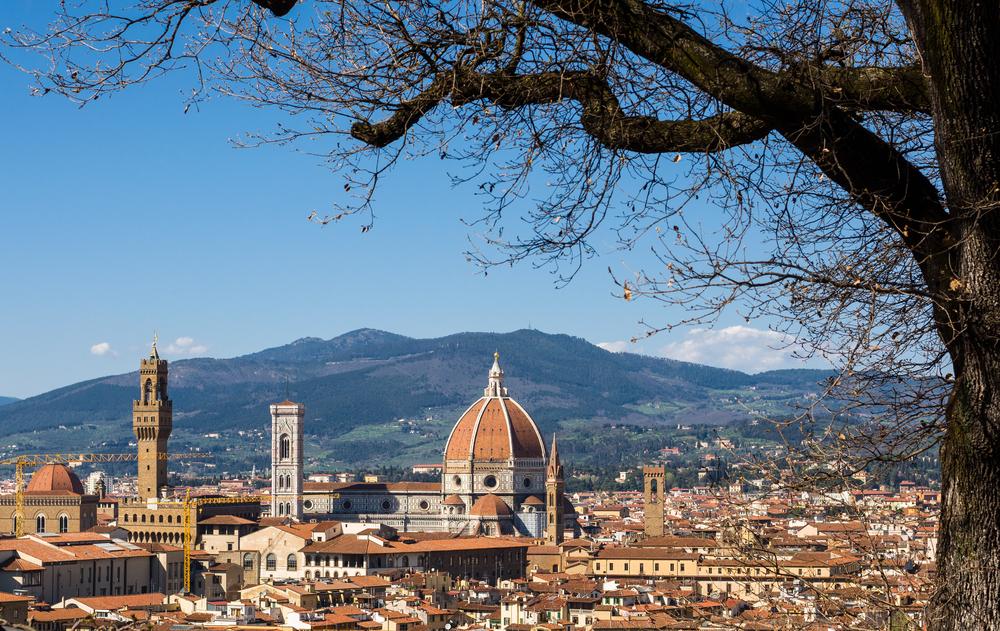Italy’s Florence Cathedral, commonly known as the “Duomo,” dominates Florence’s skyline. Located in Cathedral Square, the cathedral complex also includes the Baptistery of St. John and Giotto’s Bell Tower—all are astounding examples of Renaissance art and architecture. The buildings were decorated inside and out by the finest artists of the time, such as the sculptor Donatello and painter Giorgio Vasari whose depictions of illustrious people from secular or spiritual life inspire all who see them.
Florence’s Duomo Took Time to Blossom
Florence Cathedral, as it appears today, took nearly 140 years to complete.Designed by architect Arnolfo di Cambio, the first stone of the Gothic cathedral was laid in 1296, on the day that Roman Catholics celebrate the birth of the Virgin Mary: Sept. 8. The date is particularly significant to the cathedral’s founding as it was originally called Santa Maria del Fiore, or St. Mary of the Flower. The flower represents Christ in the Virgin Mary’s womb.






